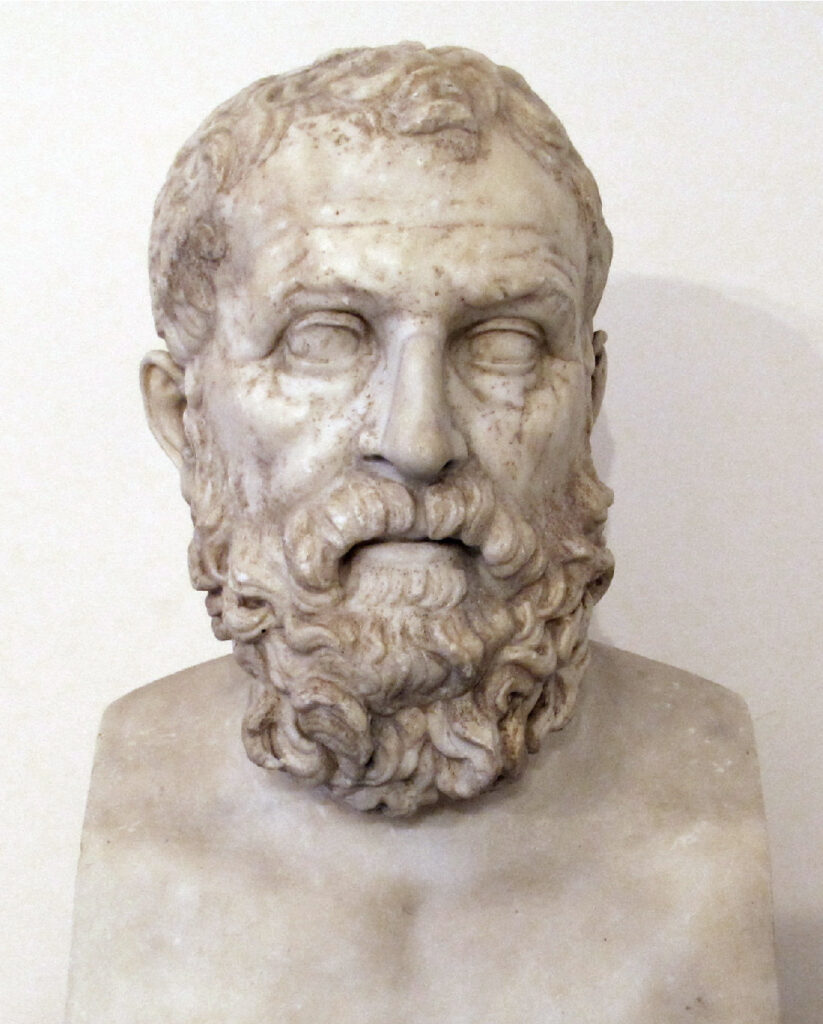Plato and Solon

Plato’s Caribbean Atlantis describes and explains only what Plato wrote in his Timaeus and Critias dialogues. Although the book discusses some myths from ancient civilisations that may be relevant to parts of Plato’s Atlantis story, it avoids extreme opinions and interpretations. Too often in the past, many fantastic theories have tainted and trivialised serious discussion of Atlantis. Those past distortions have lumped Atlantis together with fringe ideas like UFOs and aliens, the Loch Ness monster, Yeti, Bigfoot, and so on. For that reason, Plato’s Caribbean Atlantis rejects any paranormal, occult, or extraterrestrial explanations for Atlantis or any speculation about lost super-advanced Atlantean technologies.
Plato based his Atlantis story in the Timaeus and Critias dialogues on the writings of the Ancient Greek political leader called Solon. Solon was an important historical figure in Athens in the 6th century BCE, almost two centuries before Plato lived there.
During the early 6th century BCE, Solon travelled to the city of Sais in the Nile Delta in Egypt, where he met with Egyptian temple priests who possessed “sacred records” about Atlantis.
The Egyptian priests showed Solon those ancient historical records and told him the story of Atlantis and events that happened nine thousand years before his time. Solon wrote the details of the Atlantis story in Greek and eventually returned to Athens.
Plato was a distant relative of Solon and likely received a written copy of Solon’s Atlantis story in the early 4th century BCE. Plato then used the details from Solon’s document to write about Atlantis in his Timaeus and Critias dialogues.


